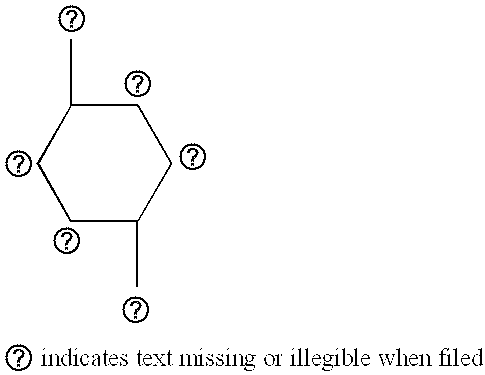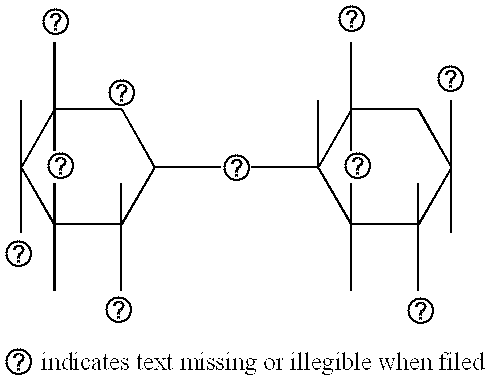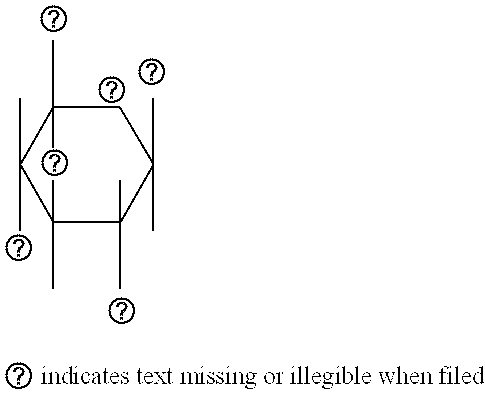Methods and Compositions for Simultaneously Isolating Hemoglobin from Red Blood Cells and Inactivating Viruses
a technology of hemoglobin and red blood cells, which is applied in the direction of chemistry apparatus and processes, dead animals, and centrifugal force sediment separation, etc. it can solve the problems of increasing the risk of human virus contamination in the product, reducing or even destroying the biological activity of the blood product from which the virus is being inactivated, and the number of available procedures is somewhat limited. , to facilitate the inactivation of viruses, facilitate the lysis of red blood cells, and facilitate the isolation
- Summary
- Abstract
- Description
- Claims
- Application Information
AI Technical Summary
Benefits of technology
Problems solved by technology
Method used
Image
Examples
example 1
[0079]Production of Stroma-Free
[0080]Outdated packed red blood cells are procured from a commercial source. Preferably, outdated material is received not more than 45 days from the time of collection. Packed RBCs (pRBCs) are stored at 4±2° C. until used.
[0081]Packed red blood cells are pooled into a sterile vessel in a clean facility. Hemoglobin concentration is determined using a commercially available co-oximeter or other art-recognized method.
[0082]Leukodepletion (i.e. removal of white blood cells) is carried out using membrane filtration. Initial and final leukocyte counts are made to monitor the efficiency of this process.
[0083]Red blood cells are washed with six volumes of 0.9% sodium chloride. The process is carried out at 4±2° C. The cell wash is analyzed to verify removal of plasma components by a spectrophotometric assay for albumin.
[0084]Washed red blood cells are lysed at 4±2° C. with stirring using 6 volumes of water. Lysate is processed in the cold to purify hemoglobin...
example 2
[0087]Effects of Solvent-Detergent on Stroma Free Hemoglobin
[0088]In order to study the effects of solvent-detergent viral inactivation on stroma free hemoglobin, three different parameters were measured:[0089]a) Total hemoglobin[0090]b) Percentage met-hemoglobin and[0091]c) Spectral properties of hemoglobin.
[0092]Testing was performed using stroma free hemoglobin (SFH) prepared as described above, with a hemoglobin concentration of 8.6-9.0 g % in PBS.
[0093]The solvent-detergent treatment was performed at a concentration of 1% Tween 80 (solvent) and 0.3% Tri-N-Butyl Phosphate (detergent). (This combination is known to be efficient at inactivating viruses.) Testing was performed at 21-23° C. with continuous mixing for 5 hours. All testing was performed at neutral pH in phosphate buffered saline.
[0094]After treatment, the mixture was centrifuged at 8,000 rpm (4,600 g) for 6 minutes at room temperature.
[0095]The results are summarized in the following three tables. As shown, solvent-de...
example 3
Effects of Solvent-Deterzent on Red Blood Cells
[0096]pRBC's were exposed to 1% Tween-80 (solvent) and 0.3% Tri N-Butyl Phosphate (detergent) for 15 minutes at room temperature. Based on centrifugation studies, the cells were efficiently (>95%) lysed under these conditions, while control pRBC's not exposed to solvent-detergent remained unchanged.
PUM
| Property | Measurement | Unit |
|---|---|---|
| molecular weight | aaaaa | aaaaa |
| physical conditions | aaaaa | aaaaa |
| shear forces | aaaaa | aaaaa |
Abstract
Description
Claims
Application Information
 Login to View More
Login to View More - R&D
- Intellectual Property
- Life Sciences
- Materials
- Tech Scout
- Unparalleled Data Quality
- Higher Quality Content
- 60% Fewer Hallucinations
Browse by: Latest US Patents, China's latest patents, Technical Efficacy Thesaurus, Application Domain, Technology Topic, Popular Technical Reports.
© 2025 PatSnap. All rights reserved.Legal|Privacy policy|Modern Slavery Act Transparency Statement|Sitemap|About US| Contact US: help@patsnap.com



